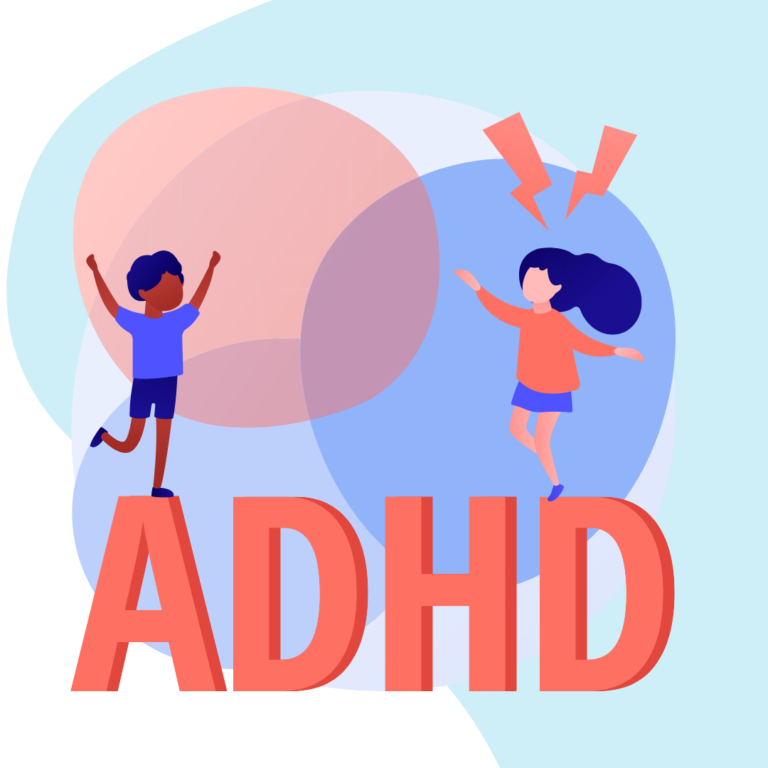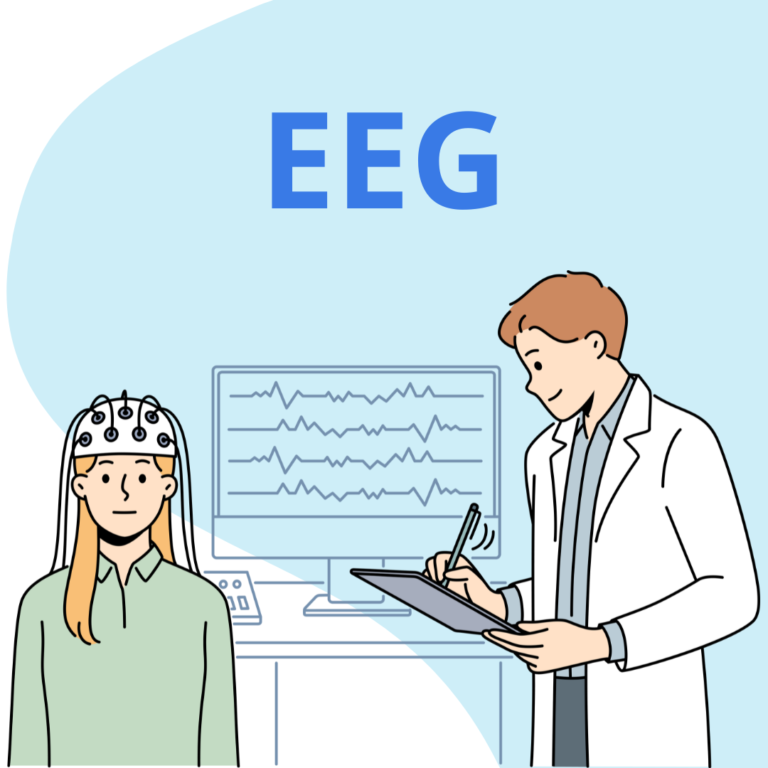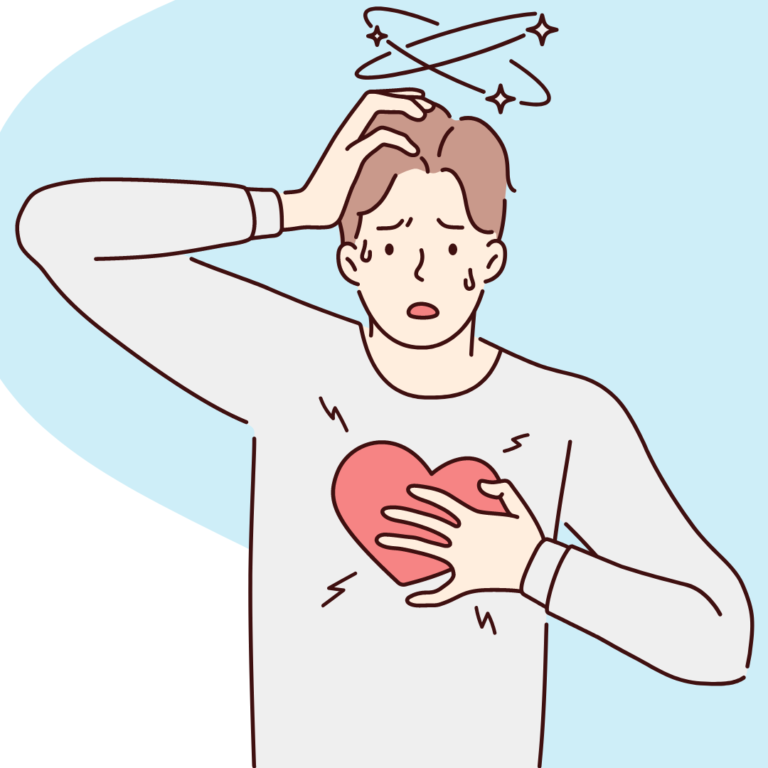Epilepsy – also known as epilepsy – is one of the most common neurological conditions that can occur in children. According to estimates, about 200,000 toddlers, or nearly 0.5% of the population, struggle with it in Poland. In the case of young patients, good diagnosis is crucial to distinguish epilepsy from non-epileptic seizure disorders. Important – also for parents – are modern treatment methods.
Table of contents
What causes epilepsy in children?
In nearly half of patients, the causes of epilepsy are difficult to determine. Rarely are they unambiguous. Neurologists point to several of them:
- ⅓ of the cases are so-called cryptogenic seizures – that is, of unknown cause,
- One in five sick children struggles with symptomatic epilepsy caused by brain lesions (during the fetal period it can be caused by maternal illness or poisoning) or as a symptom of another disease,
- Epilepsy is also a genetically determined affliction. Modern science identifies about 50-60 genes that can trigger an epileptic seizure,
- Epilepsy can also be provoked by trauma to the brain – mechanical or caused by hypoxia of the organ,
- Infections of the central nervous system – whether bacterial, parasitic, viral – and tumors contribute to epileptic seizures.
What are the varieties of childhood epilepsy?
A large proportion of cases of childhood epilepsy have a mild course, and there is a very good chance that the seizures will pass with age. Even if they do not, they can be easily controlled and treated with drugs. According to specialists, only 3 to 10% of children face a more severe course of this disease. The most common varieties of childhood epilepsy include:
- Janz syndrome, also known as juvenile myoclonic epilepsy. It affects about 7% of patients and becomes active during adolescence. Symptoms usually appear upon awakening, and can be aggravated by sleep deprivation, strobe light or menstruation. Doctors often point to a genetic basis as the cause of Janz syndrome.
- Childhood absence seizures, which become active between the ages of 6 and 7. This type of epilepsy has very characteristic symptoms – the patient freezes suddenly in immobility, blinks in a specific way or stares into space with a blank stare.
- Roland epilepsy usually activates at the age of 8-9, but it can also appear earlier, i.e. around age 5. Its seizures often resolve spontaneously around the age of 13 – 16. One in four patients struggles with this type of epilepsy. It is mainly characterized by stiffness of the tongue and facial muscles or articulation disorders.
It is important to remember that the sooner potential epileptic seizures are consulted with a qualified neurologist-epileptologist, the better the chance of quieting the disease.
How should the correct diagnosis of epilepsy in children proceed?
In the case of the youngest patients, precise and prompt diagnosis is very important. This is because in young children there is a high risk of confusing epilepsy with other non-epileptic disorders of a paroxysmal nature such as:
- believe,
- febrile convulsions,
- affective apnea,
- mild dizziness.
One of the most important tests for diagnosing epilepsy in children is the electroencephalogram, commonly known as an EEG. During the test, the bioelectrical activity of the brain is analyzed. In children, it is usually performed during sleep – preferably one that follows their natural bedtime routine. It is therefore healthiest and most comfortable for both the young patient and his parents to perform such an examination at night or, in the case of younger children, during a routine daytime nap.
However, it is important to remember that the examination itself will not make a diagnosis, but only help dispel any doubts that may arise. Therefore, it is crucial not only who performs the examination, but also who interprets the test results.
Modern methods of treating childhood epilepsy
Caring for a child with epilepsy requires special attention and care. For parents, it is extremely important not only to have constant but, above all, quick contact with the doctor – no matter where they are. Especially since epileptic seizures most often occur not during a visit to the doctor’s office, but outside it. In such situations, modern methods of treatment come to the rescue, which also allow remote consultations. Such an opportunity is provided, for example, by Neuroterminal, a multifunctional platform for the care and treatment of patients from all over the country. Using the platform, parents can send and consult test results in real time, and the entire history of the disease and its treatment is in one place. The platform also allows for the uploading of recordings of epileptic seizures for evaluation by the attending physician. Such a solution gives a great sense of security, which is extremely important for parents of young patients.
Neuroterminal is also a big help for the parents of one of our patients – Czarek. Get to know the story of the 2-year-old.
Współpraca merytoryczna: dr n. med. Barbara Krukowska-Andrzejczyk.




